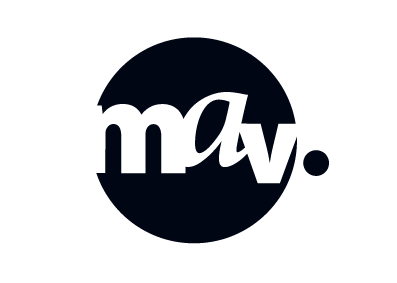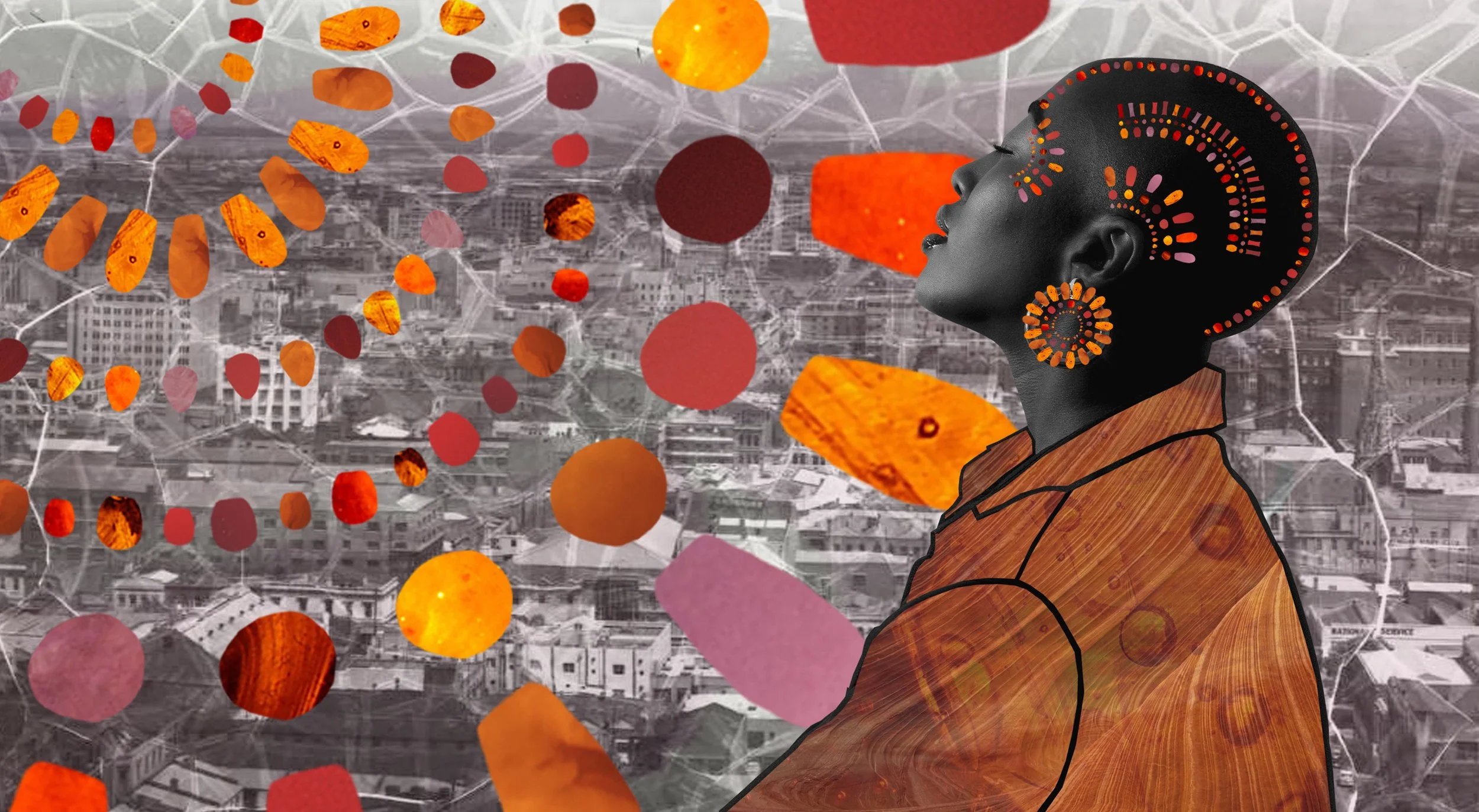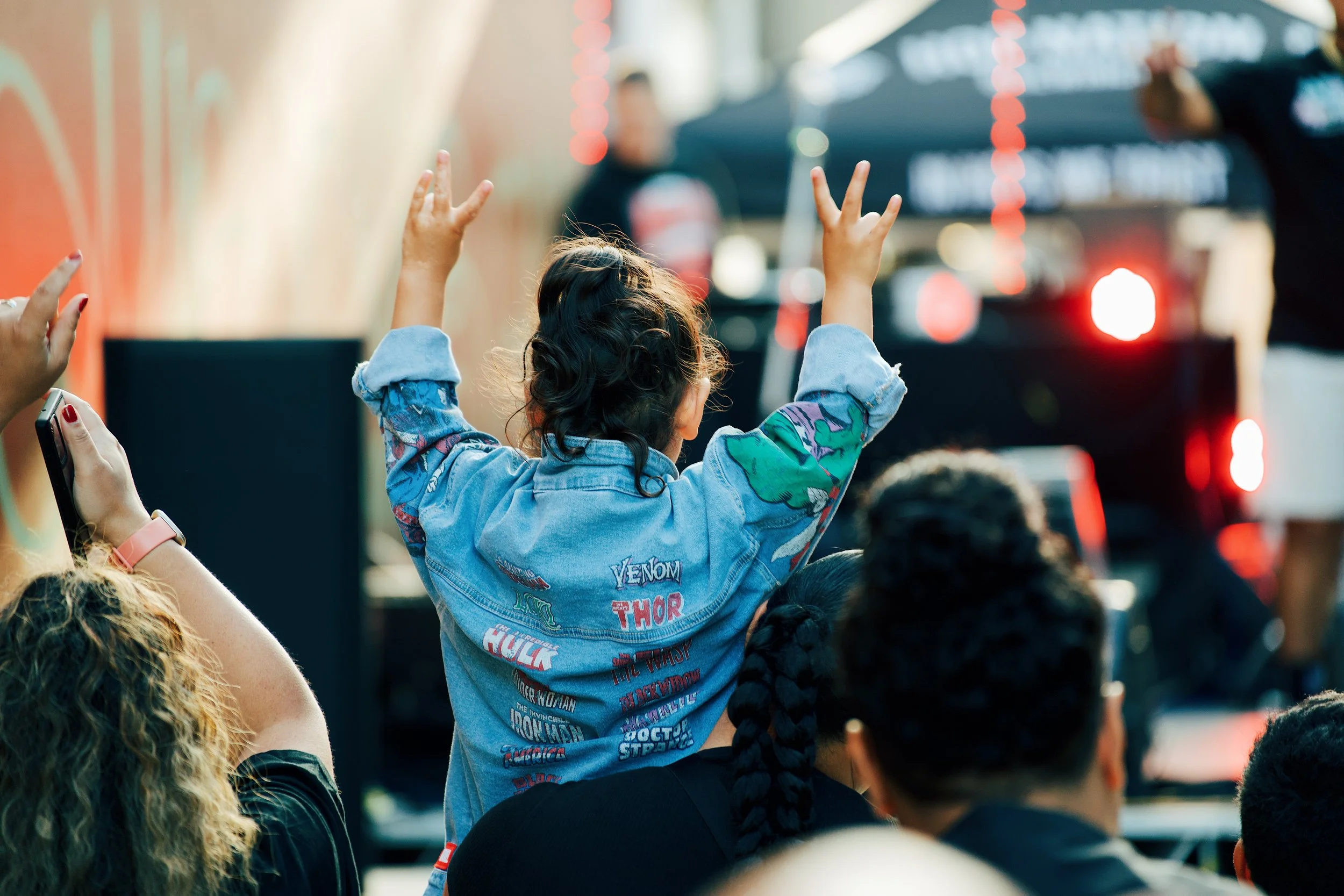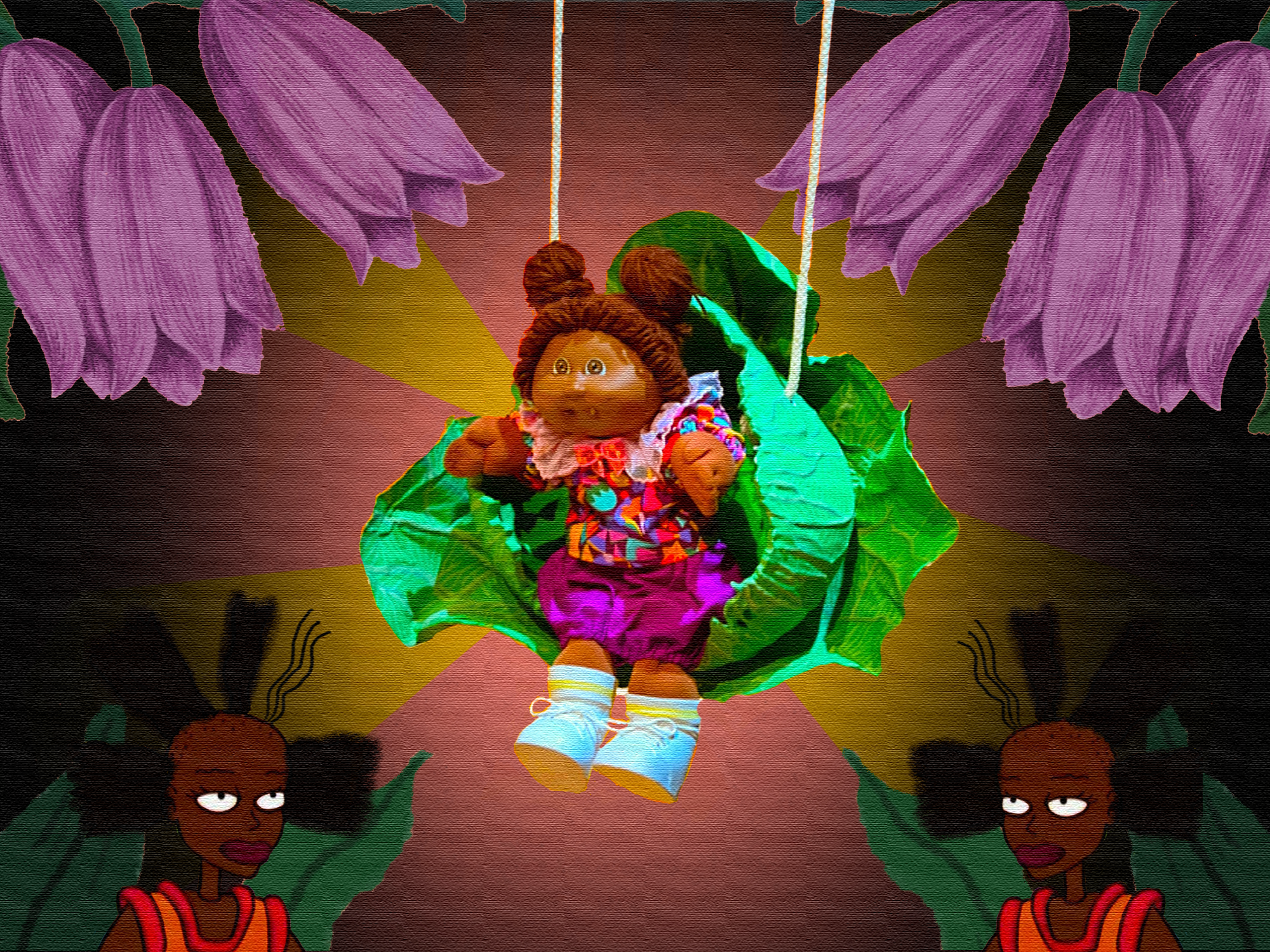Arts as diverse as our people.
MAV (Multicultural Arts Victoria) is a non-profit community arts organisation with a profound commitment to arts and artists shaping the narratives that define who we are as a multicultural society.
Our services
MAV is available to provide services to support the diversity arts sector, catering for culturally, ethnically and linguistically diverse creatives and their communities.
-
We offer an auspicing service to artists, creatives and groups from culturally diverse backgrounds.
-
The Cultural Agency connects our diversity of artists to progressive event organizers committed to structural cultural change.
-
We regularly update the opportunities and avenues of support available for artistic and cultural development. This includes public and private resources.






